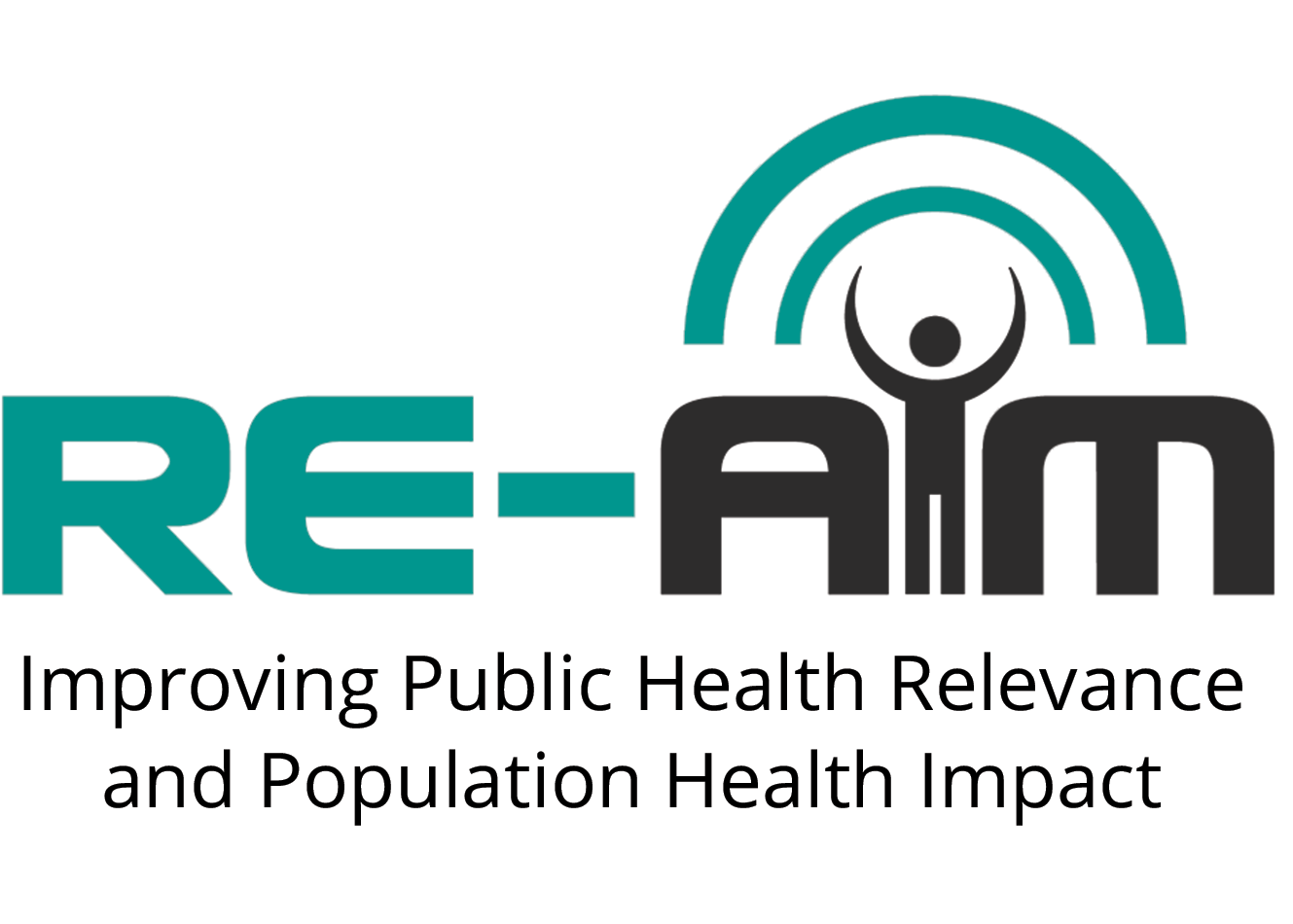Assessing Implementation
The assessment of implementation is multidimensional, and includes how well an intervention was delivered, what adaptations were made during implementation, the costs of intervention delivery and/or implementation, the consistency across sites/time/settings/subgroups with which an intervention was delivered, and stakeholder feedback helping to explain the process of implementation and how/why implementation outcomes came about.
EXAMPLE METHODS OF ASSESSING IMPLEMENTATION (From the RE-AIM Model Dimension Items Checklist)
Implementation | |
Percent of “perfect” intervention delivery completed, etc. (e.g., adherence or consistency) | |
Adaptations made to intervention during study | |
Cost of intervention (time or money) | |
Consistency of implementation across staff/time/settings/subgroups (not about differential outcomes, but process) | |
Use of qualitative methods to understand implementation |
Note that implementation may or may not be assessed in every project or application of RE-AIM, depending on project phase (i.e., planning, implementation, evaluation) and the questions of interest. However, even in projects that do not directly measure implementation, participant and stakeholder perceptions and expectations of implementation can be assessed using multiple methods (e.g., surveys, interviews, focus groups), informing planning for subsequent projects.
